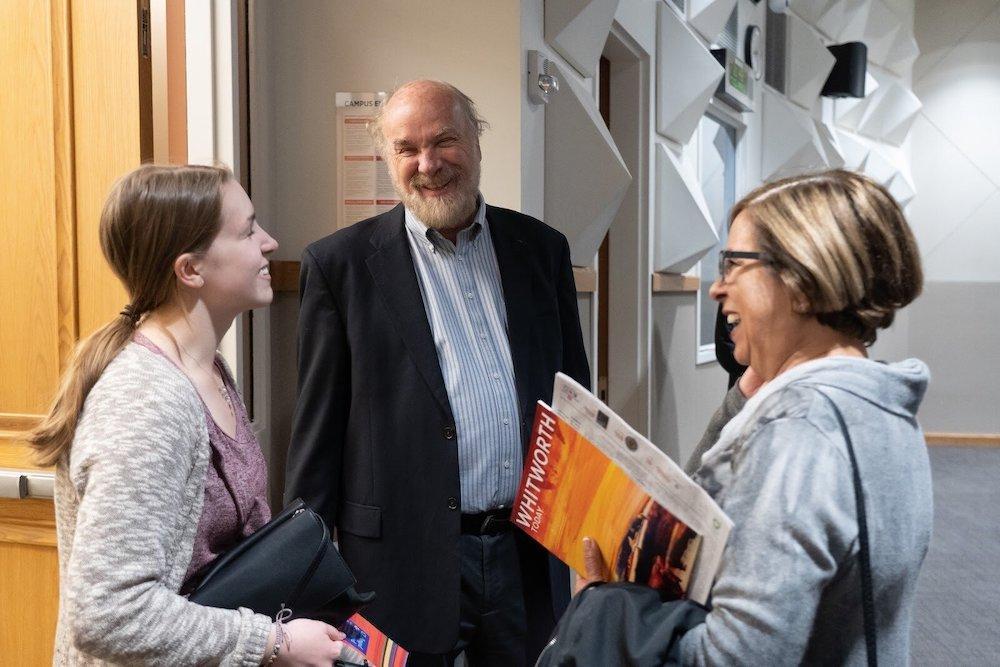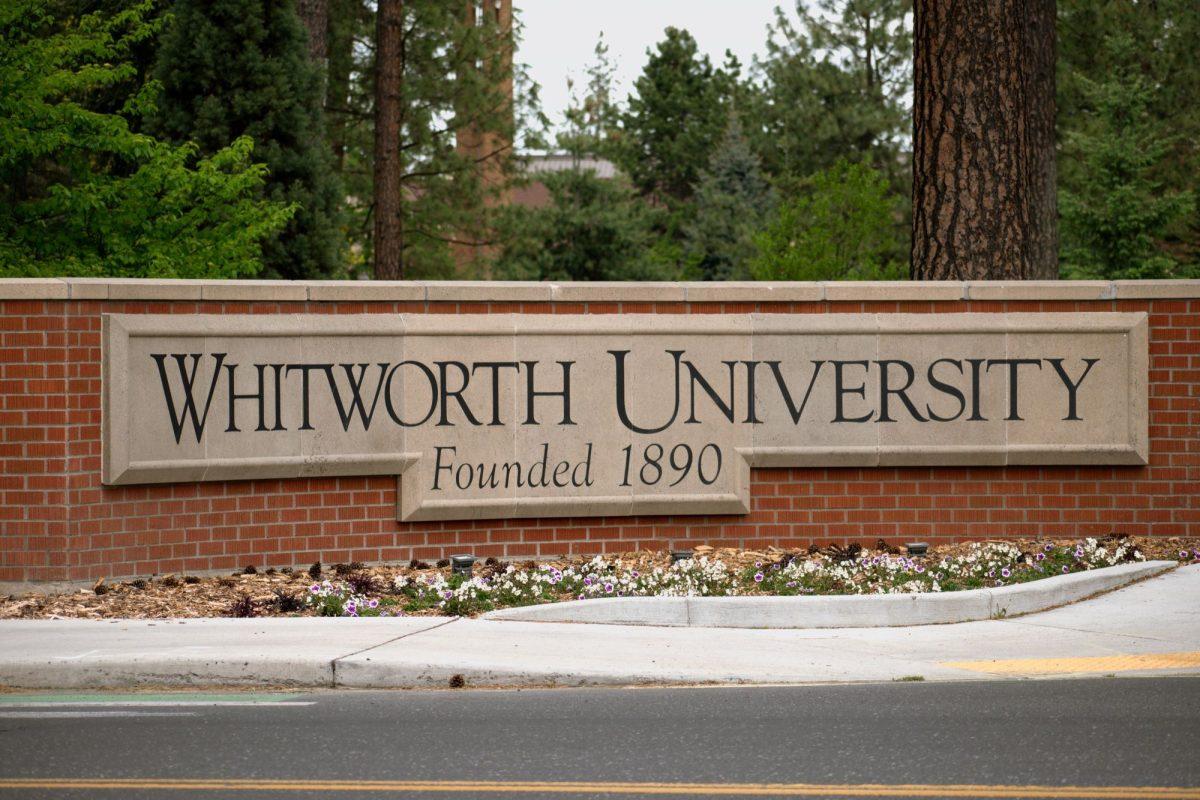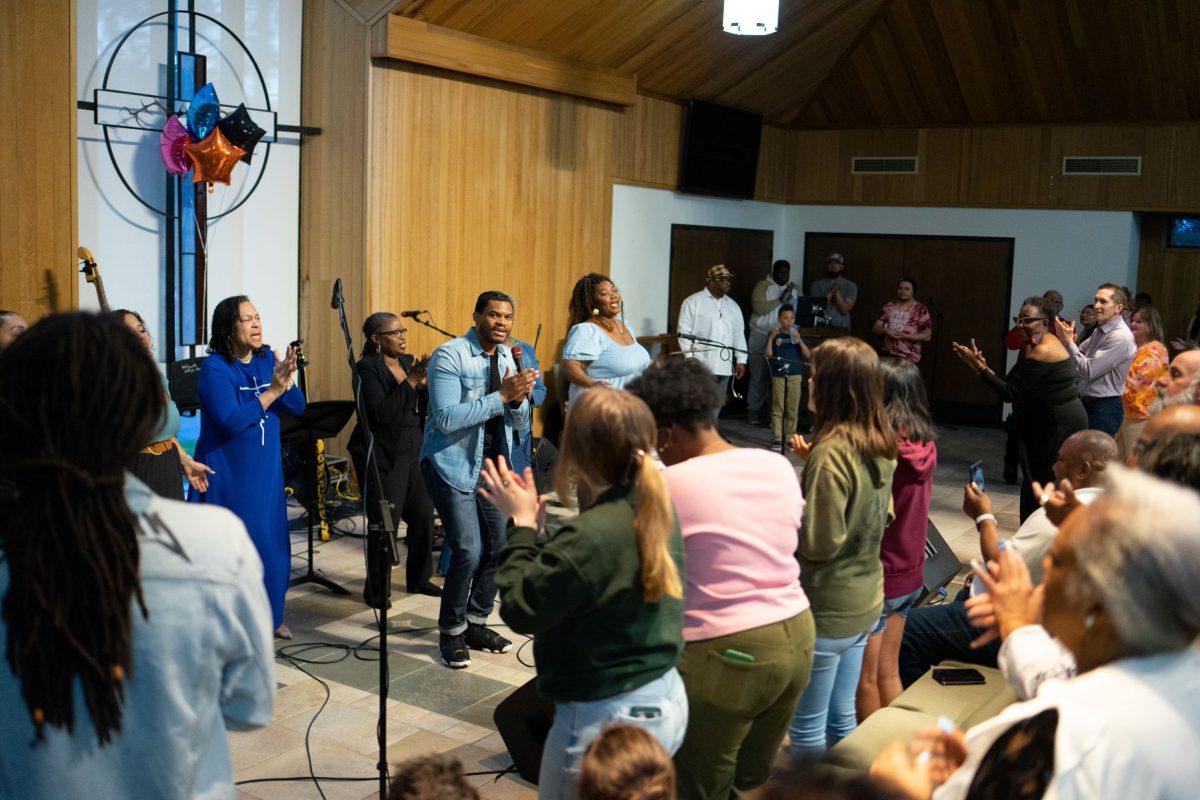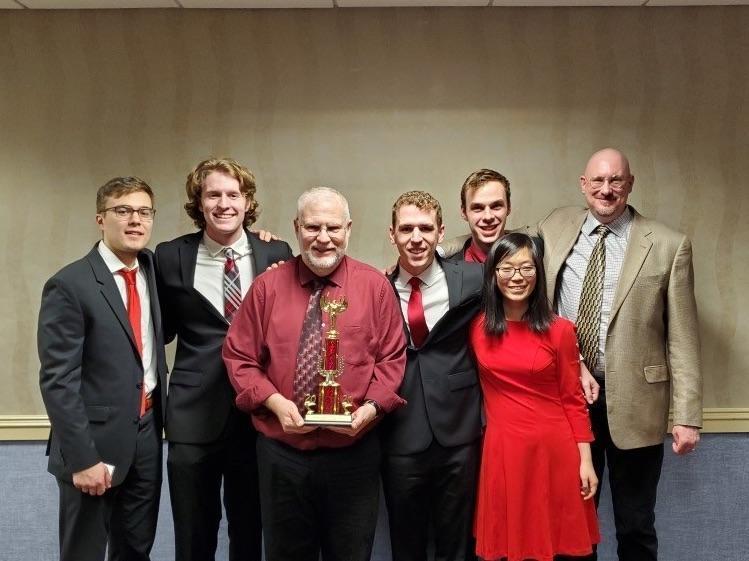Whitworth’s cherished emblem, the pine tree, recently suffered major blows as the result of multiple on-campus construction projects. ASWU’s Eco Representative senior Bryn Redal reported at the Feb. 19 ASWU meeting that 80 trees were cut down for the construction of the new facilities building in the Back 40. A student-led movement, “For the Pines”, organized in early February to speak out against that recent tree removal by starting an online petition.
The petition outlines the movement’s mission and its requests of Whitworth administration. The main requests are for administration to halt plans for new parking lots and for greater student involvement in construction plans.
Senior Issac Santos was a founding member of the movement. He became more concerned about the issue when walking to campus from his house one day.
“There was a path that went behind the Fieldhouse through a grove of ponderosa pine trees and that was my favorite part of my walk every morning. One day, I went to walk to campus, and the trees were gone. The trees were chopped down and I was really frustrated because I had no idea that was happening,” Santos said.
Santo started having conversations with others about the topic, which led them to do something about the issue.
“We were just a group of students who were frustrated and we wanted to talk with administration and try and work with them to make decisions that we think are more reflective of what the whole campus would like,” Santos said.
Junior Lily Sinner, a member of “For the Pines,” compared people’s awareness to the removal of the trees to the story of “The Lorax.”
“They keep going away and no one is saying anything and we just don’t seem to notice,” Sinner said.
For Associate Professor of Biology Grant Casady, Ph.D., hearing students reach out to administration excites him.
“Whitworth values their students very highly, so especially when there is a concerned voice about something and it isn’t just whiny, I think the administration pays attention,” Casady said.
That being said, The Whitworthian, in early November 2019, reported that Whitworth’s Tree Care Plan states that for every tree uprooted and removed in a Whitworth construction project, two more are planted to replace it.
Santos said that students from the movement recently met with administration to talk about how they can join forces.
“We actually have already met with administration and just got to discuss some things. We were very pleased with that. And I mean, obviously we didn’t leave and everything was solved, but we feel like administration is doing a pretty good job involving us in the process,” Santos said.
Santos also said that they want to come alongside the administration and work with them to make sure “to prevent things from happening in the future that would cause the removal of pine trees without a student voice.”
Along with more student representation, “For the Pines” is advocating for all plans to build new parking lots to be stopped. This comes amidst many student complaints that there isn’t enough parking.
“For the Pines” is arguing though that there are enough spots, just not always in the most convenient places. While the Hawthorne Hall and X4 parking lot are farther from the center of campus, they often have spaces available, Santos said.
“For those who are able to walk, make it a 10-minute walk instead of a five-minute walk. We think that choice should be made rather than removing pine trees to create more parking,” Santos said.
Casady suggests that with new developments on campus, creative thinking on the front end should be applied.
“[We should be] thinking about where the tree resources are and then where we should build our parking lots,” Casady said.
Not only are pine trees a highlighting feature of campus, but they are essential to the environment.
According to Casady, Whitworth sits in the Ponderosa Pine dry forest ecosystem.
“[Pine trees] are the backbone of our particular ecosystem. They are the most structurally important part of the ecosystem because they drive the energy dynamics and temperature,” Casady said.
Another driving force behind the movement to protect the pine trees relates to faith convictions. Santos and Casady both reference Whitworth’s mission in regards to the protection of pine trees.
“I think that the most compelling reason for me… is that God created pine trees, and He saw that they were good. And, if a part of our mission is to honor God, then we ought to be honoring the things that God sees as good,” Casady said.
“We need to develop on campus, sometimes, to stay competitive. But, when that conflicts with Whitworth’s mission to honor God, we should really seriously consider how well we are doing that,” Santos said.
To learn more about “For the Pines,” follow their Instagram page, @forthepines. Students can sign the online petition by searching “For the Pines — Save Whitworth’s Trees!” on change.org.










